The Royal Berkshire Shooting School (RBSS) seem to have a knack of setting an alluring course, so when the chance presented itself to head down South for the day and shoot their 2014 Handicap Classic event I jumped at it. The hundred target course features a stand designed by MBE George Digweed and a 20 target grouse presentation to force even the most methodical of shots to rely on their instincts more than normal.
The Handicap Classic runs for a period of 10 weeks and allows shooters of all classes to compete against each other utilising the grounds unique Handicap system. For a CPSA member such as myself, the system calculates the handicap value based on two thirds of the difference between the par for the course, 94 and the adjusted average for Issue 45, in my case, 77.5. This meant a handicap of 11, meaning that whatever I scored on the course will be combined with the handicap value to calculate the total scored.
Score sufficiently well enough to finish in the top 40 CPSA shooters or top 20 RBSS (non-CPSA) shooters and you are invited back to the final on Wednesday 7th May: a new 100 target course where the highest scorer (including handicap) wins a Browning Heritage Hunter twelve gauge shotgun worth £5600! Browning are title sponsors of the event and as such anyone shooting a Browning/Miroku at the event immediately qualifies for a £2 discount off the standard £47 entry fee.
RBSS is a decent trek from home so an early start was assured. 5.30am came round far too soon for my liking but the previous nights preparations paid off as I was on the road shortly after waking and already planning where to stop for breakfast! Thankfully the journey was uneventful and I made good time to reach RBSS just before 9.30am.
A wet start to the week ensured that the waterproofs, umbrella and Hunters were packed, yet everything remained crossed for a dry day. I’d arranged to shoot with Wayne Martin, Tom Green and Steve Scott-Smith; all of whom are more than capable of handling business on a round of Sporting clays and building an above average score so it was set to be a good test of where I was up to and equally enjoyable.
You would be hard pushed to find a more professionally run outfit than RBSS. Having pre-booked into the event a month or so beforehand, it was simply a case of informing reception of my arrival and then heading to the restaurant to get a bit of added hydration before we got started. As is customary at RBSS, you are accompanied on your round by a caddy/scorer so as we readied ourselves for the off Rob introduced himself and our assault on the Handicap Classic began!
Stand 1 comprised of a relatively straight forward going away target followed by a left to right crosser. Having watched a solo shooter shoot the stand I felt confident going in first but over-estimated the lead that the second target required and managed to get in front of the first two to finish on 8 ex.10
Stand 2 was actually a series of four stands that were to be shot in a Compak fashion with each stand comprising of three singles and a report pair to make a total of 20 targets. These five targets were set by George Digweed and consisted of:
- A: Quartering left to right going away
- B: Left to right looper
- C: Left to right crosser from a tower
- D: Right to left battue
- E: Right to left quartering away
All five targets required diligence and I managed to make a mess of the entire complex, misreading the B,C and D targets and never making amends to finish on a very lacking 6 ex 20, whilst the others were much more respectably in the mid to high teens! The damage to my scorecard had been done, so the challenge ahead was to salvage what I could from the remainder of the round and try to rekindle any shooting ability residing within me…
The third stand that we shot featured a report pair of driven midi’s described as a “Lazy Pheasant” and an “Angry Pheasant”. Both targets could be shot as either a crosser or a driven; I elected the former approach and was pleased to walk off with another 8; especially considering my experience in the Compak stand.
Next up was a teal target that was about 30 yards out and climbed adjacent to a large fir tree. This was then followed by an on-report crossing target above the tree tops travelling from left to right. The teal had to be shot on the rise, so a steady hold point meant that I could watch it up to my barrels and decimate it as it nearer the peak of its flight.
The crosser was much greater challenge as each target came out differently and reading them correctly enabled the shooter to attack the targets that were angling away or let those coming in develop until they showed some additional face. Target reading clearly wasn’t my forte that morning and three crossers passed by unharmed, plus the final teal to mean I finished on a 6.
Nearing the mid point of the round I was ready for a little respite; thankfully it came in the form of a pair of report targets intended to simulate and incoming pigeon (from right to left) and a manic magpie; a low fast looper from left to right. I missed the first magpie but shot the remaining targets well to salvage a 9 and a little self respect.
Stand 6 was shot from a hollow and featured a right to left rabbit followed by an on report right to left roller that was quartering away slightly. Last to shoot, I’d watched the others make light work of the stand dropping one apiece, so was pleased to not only shoot it well but straighten the stand for a 10!
Here’s a short clip of Tom Green shooting the rabbit in slow motion:
http://www.youtube.com/watch?feature=player_embedded&?v=HxYvTOsVNp8
The penultimate stand that we shot was a simultaneous pair of crossers from a tower; one of which overtook the other, making the transition from the first kill point to the second kill point significant if you were dawdling. Loss, kill, kill, loss meant that I needed to get my act together for the final three pairs. I got to grips with the lower of the two targets but left myself with too much to do and too little time in which to do it in to kill the second target resulting in a 5 on my card.
Steve summed up my approach to the stand perfectly when he said: “you didn’t have much time on that stand, but you managed to use it all!” Point well made and I need to learn to recognise when I’ve got to quicken the pace to benefit my score accordingly. Definitely another component to integrate into the practice regime.
The finale was to be the Grouse Sequence; 20 targets thrown in a set sequence by a trapper. To initiate the sequence the shooter calls “pull” and the initial pair of two driven clays in sent. From then on in, the clays are sent at regular intervals by the trapper and the caddy reloads for you; all you have to do is shoot and eject the spent cartridges.
The sheer exhilaration of shooting this sequence and hearing the clays literally tear through the air was the highlight of the shoot for me; coupled with a steady 14 ex 20 to finish off my round. Steve shot the Grouse Sequence first in our group and shot a superb 17 ex 20:
http://www.youtube.com/watch?feature=player_embedded&?v=k2agWLQs9Qg
I finished on a frustrating 66 (77 with handicap), and was amazed to only be 8 off the pace to currently secure a place in the final. Wayne shot an 81 (89), Steve an 80 (88) and Tom a 56 (72 I think). I know that I am capable of shooting the Compak stand significantly better and can find another six or seven on the remainder of the round to push me to around the 80 mark without the handicap. If it was closer I’d be back but doubt that my schedule will permit it before the competition finishes on Saturday 19th April.
The 2014 RBSS Handicap Classic was thoroughly enjoyable to shoot and whilst I didn’t perform well enough on the day to move further in the competition this year, I will definitely return to shoot it in subsequent years and the format and professionalism of the ground makes for a very enjoyable day out.
Finally, well done to Wayne and Steve who are currently sitting in “finalist” positions; best of luck!

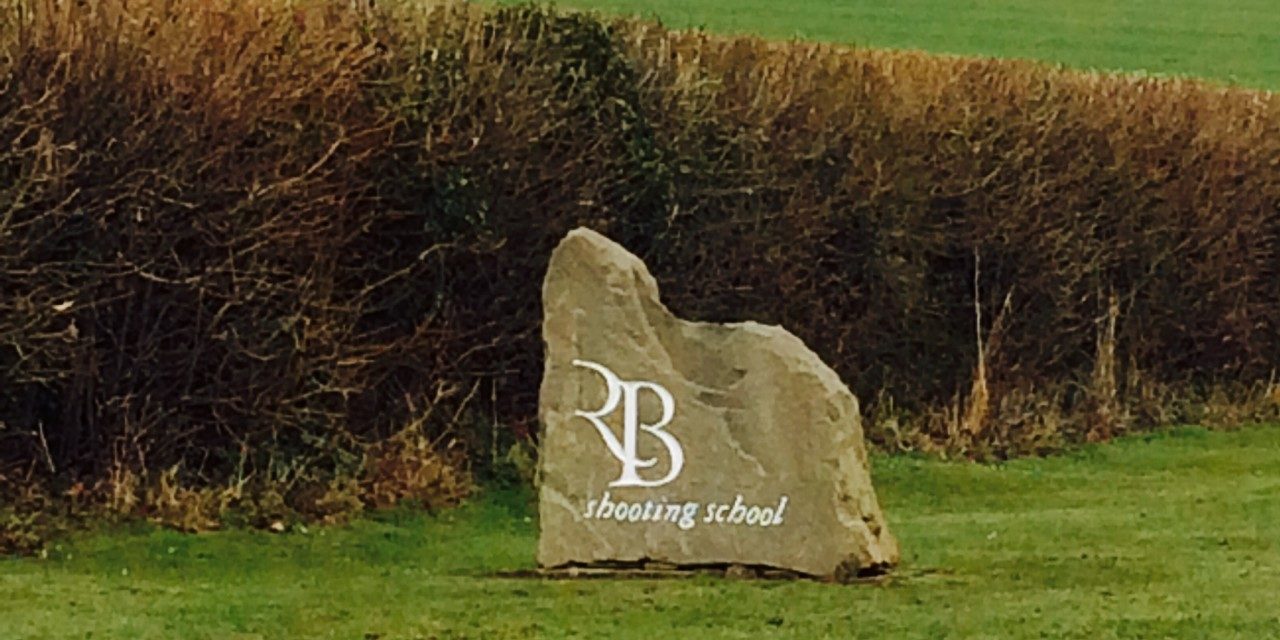
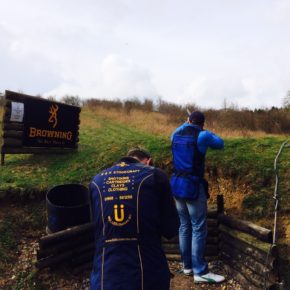
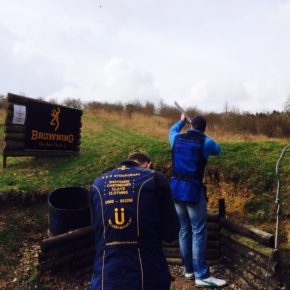
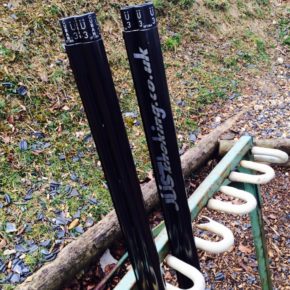
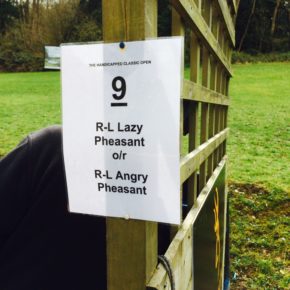
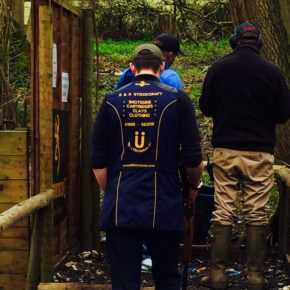
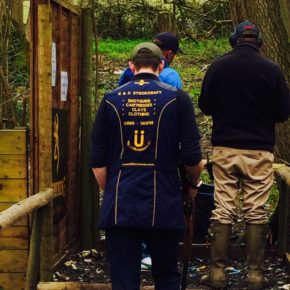
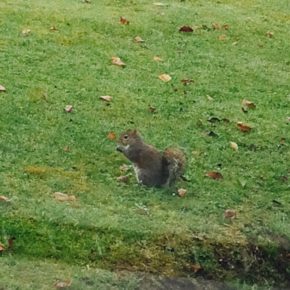
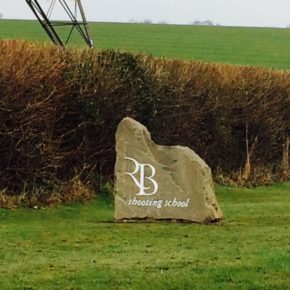
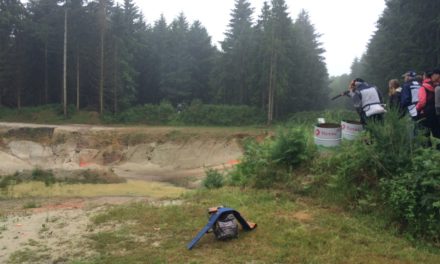
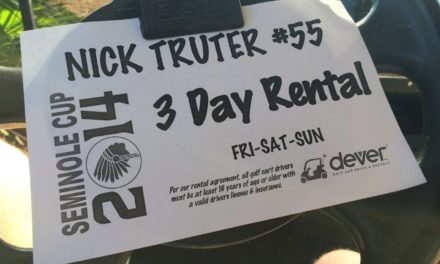
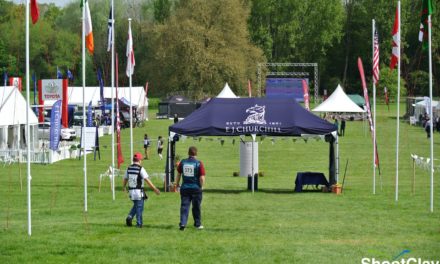
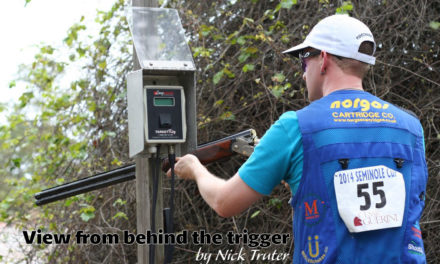
Nick – thanks very much indeed – we are delighted you enjoyed you day with us after such an early start ! Robert Cross who took you round and has been with the school 22 years now and teaching for nearly 30 has been ribbed by the other 6 instructors on his new title !!!!…… hope to see you again soon
Hi Dylan, it was a fantastic course to shoot, despite not doing it justice in parts. Apologies to Robert if he took some flak over the caddy comment; I’m sure that the other six are only jealous they didn’t get a mention!